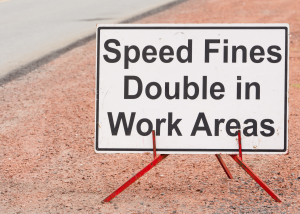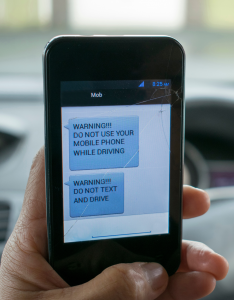
Safe Driver Week is almost here! Coronavirus can’t keep trucks off the road, and it isn’t stopping the CVSA Safe Driver Week either. Mark your calendar for July 12-18, 2020. During the second full week of July, the Commercial Vehicle Safety Alliance is hosting a week to turn a spotlight to safe driving practices. Each year, the CVSA picks an area of focus. This year, it’s speeding. Clearly, CMV safety is important every week of the year, but CVSA is using this week to nationally highlight safety in trucking.
Why is there a CVSA Safe Driver Week?
If you’re a truck driver hauling essential goods, you may be on the roads almost non-stop. You also might have noticed that most people aren’t driving as frequently. During COVID-19, roads have seen a lot less traffic than usual. It might seem like the roads should be safer during stay-at-home orders, but studies have shown that isn’t the case. There are fewer vehicles on the road, but unfortunately, some drivers are getting too relaxed with safety regulations on the open highways. According to the Governor’s Highway Safety Association (GHSA), many regions are seeing a big spike in speeding.
Here are just a few of the numbers from the GHSA:
- Colorado, Indiana, Utah, and Nebraska have all recorded highway speeds over 100 mph
- In Minnesota, motor vehicle crashes and fatalities are up more than 2X from a similar period last year. Half of those deaths were related to speeding or negligence
- New York City has nearly doubled its number of speeding tickets issued in March compared to February of this year
 It’s tempting to meet the open roads with an open throttle. Especially when the pressure to meet deadlines is high, a few extra miles per hour might not seem like a problem. But we also know that you care about your safety and your loved ones. The most important thing is to get home safely to them.
It’s tempting to meet the open roads with an open throttle. Especially when the pressure to meet deadlines is high, a few extra miles per hour might not seem like a problem. But we also know that you care about your safety and your loved ones. The most important thing is to get home safely to them.
During safe driver week as well as the rest of the year, stay safe by practicing defensive driving. That includes regulating your speed and being proactive in poor weather conditions. Similarly, staying alert and well-rested, especially in work zones and other high activity areas helps keep you on the road.
What Safe Driver Week Means for You
Throughout the week of July 12-18, law enforcement officials will be particularly watchful for drivers engaging in unsafe behavior.
The focus is on speeding, but there will be an increased awareness of other unsafe habits as well.
If officials identify a driver as engaging in unsafe behavior, they may issue a citation. Safe driver week is a national effort, so truckers should be aware whether you’re local, regional, or OTR. Pay close attention to changing speed limits as you drive between states or in and out of cities.
How to Avoid Citations
The CVSA Safe driver week is focused on speeding this year, but enforcement officers will also have a sharp eye for other violations. Avoid following other vehicles too closely, improper lane changes, and follow traffic signs carefully.

Some of the most obvious reasons to pull someone over are visual ones.
Keep your smartphone away and your eyes on the road. It’s easy to notice when someone is texting or talking on a handheld phone while driving. Both are illegal in many states. Another easily spotted violation? Seatbelt use. Belt up while you’re on the road and you’ll be safer and less likely to get pulled over.
STAY UPDATED ON INDUSTRY TRENDS AND BEST PRACTICES
Join our community of over 150,000 drivers who receive our updates.



